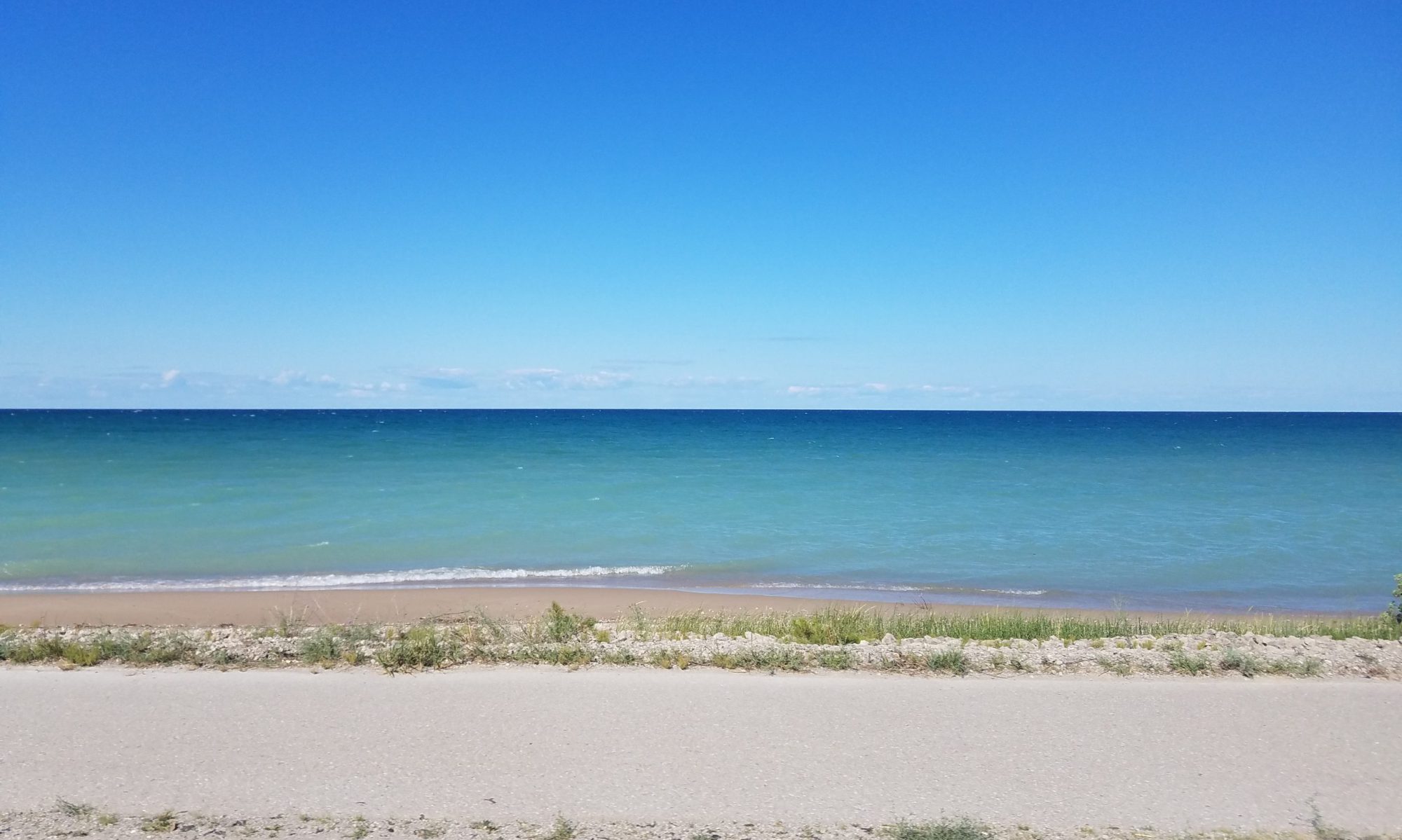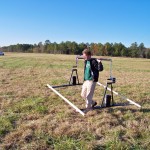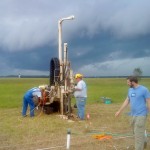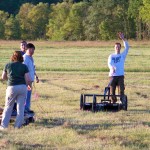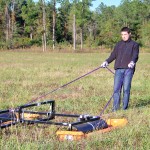MADE (Macrodispersion Experiment) Site, Columbus Mississippi
Geophysics researchers at MSU travel to the MADE Site in order to study its extremely complex subsurface flow patterns, employing a comprehensive selection of the most cutting-edge technology available. Using characterization techniques such as full resolution ground-penetrating radar and direct push hydraulic conductivity measurements, students are investigating the relationship between subsurface heterogeneity and contaminant transport paths. This work is being conducted along with the Kansas Geological Survey.
We would like to thank the National Science Foundation for funding this research.
Dr. Jayawickreme defended his dissertation “Exploring the Influence of Land Use and Climate on Regional Hydrology and Groundwater Recharge”
Congratulations to Dr. Jayawickreme who defended his dissertation Exploring the Influence of Land Use and Climate on Regional Hydrology and Groundwater Recharge
Welcome new graduate students
Two new PhD students, Mine Dogan and Abby Norton, join the Hydrogeology and Applied Geophysics Groups
Land Use Legacy Research Featured by American Museam
Recent collaborative research between Purdue and MSU, published in Ecology and Society, featured by the American Museum of Natural History, New York City (see animation here – 40MB!)
Characterizing Soil Moisture Variations in the Unsaturated Zone
 We are using electrical resistivity tomography to image the dynamic nature of soil moisture, and coupling this with high resolution models to better understand transpiration dynamics and unsaturated flow. We are using time-lapse hydrogeophysical tools to characterize soil moisture variability beneath a range of vegetation types. Those tools include 2D and 3D electrical resistivity tomography (ERT), and ground-penetrating radar (GPR).
We are using electrical resistivity tomography to image the dynamic nature of soil moisture, and coupling this with high resolution models to better understand transpiration dynamics and unsaturated flow. We are using time-lapse hydrogeophysical tools to characterize soil moisture variability beneath a range of vegetation types. Those tools include 2D and 3D electrical resistivity tomography (ERT), and ground-penetrating radar (GPR).
We will then combine our measurements with detailed site characterization, point measurements of soil temperature and moisture, and numerical models of hydrological and plant processes to quantify root-zone moisture dynamics with an unprecedented level of detail. Continue reading “Characterizing Soil Moisture Variations in the Unsaturated Zone”
